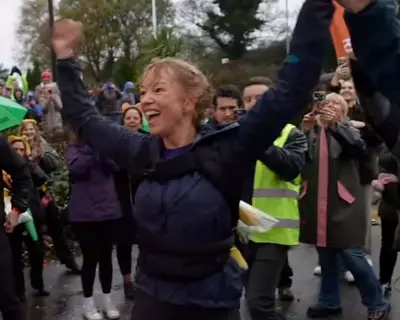
In the intricate stitches of Tatreez, the traditional Palestinian embroidery, lies a powerful narrative of identity, resistance, and heritage. This centuries-old craft is more than just decorative needlework—it is a vibrant symbol of Palestinian presence, resilience, and cultural pride.
A Living Tradition
Each Tatreez pattern tells a story, often reflecting the personal experiences of the women who create them. From floral motifs symbolizing nature to geometric designs representing villages, every stitch carries meaning. Passed down through generations, this art form preserves Palestinian history in vivid colour and texture.
Political Threads
Beyond its beauty, Tatreez has become a subtle yet potent form of political expression. During times of displacement and conflict, Palestinian women have used embroidery to assert their identity and document their struggles. Today, it serves as a visual language of resistance and solidarity.
Modern Revival
Contemporary designers are reimagining Tatreez for the 21st century, blending traditional techniques with modern aesthetics. This revival has sparked global interest, transforming the craft into both a cultural ambassador and a means of economic empowerment for Palestinian artisans.
Stitching the Future
As Tatreez gains international recognition, it continues to evolve while maintaining its deep cultural roots. Workshops and exhibitions worldwide are introducing new audiences to this art form, ensuring its legacy endures for generations to come.





